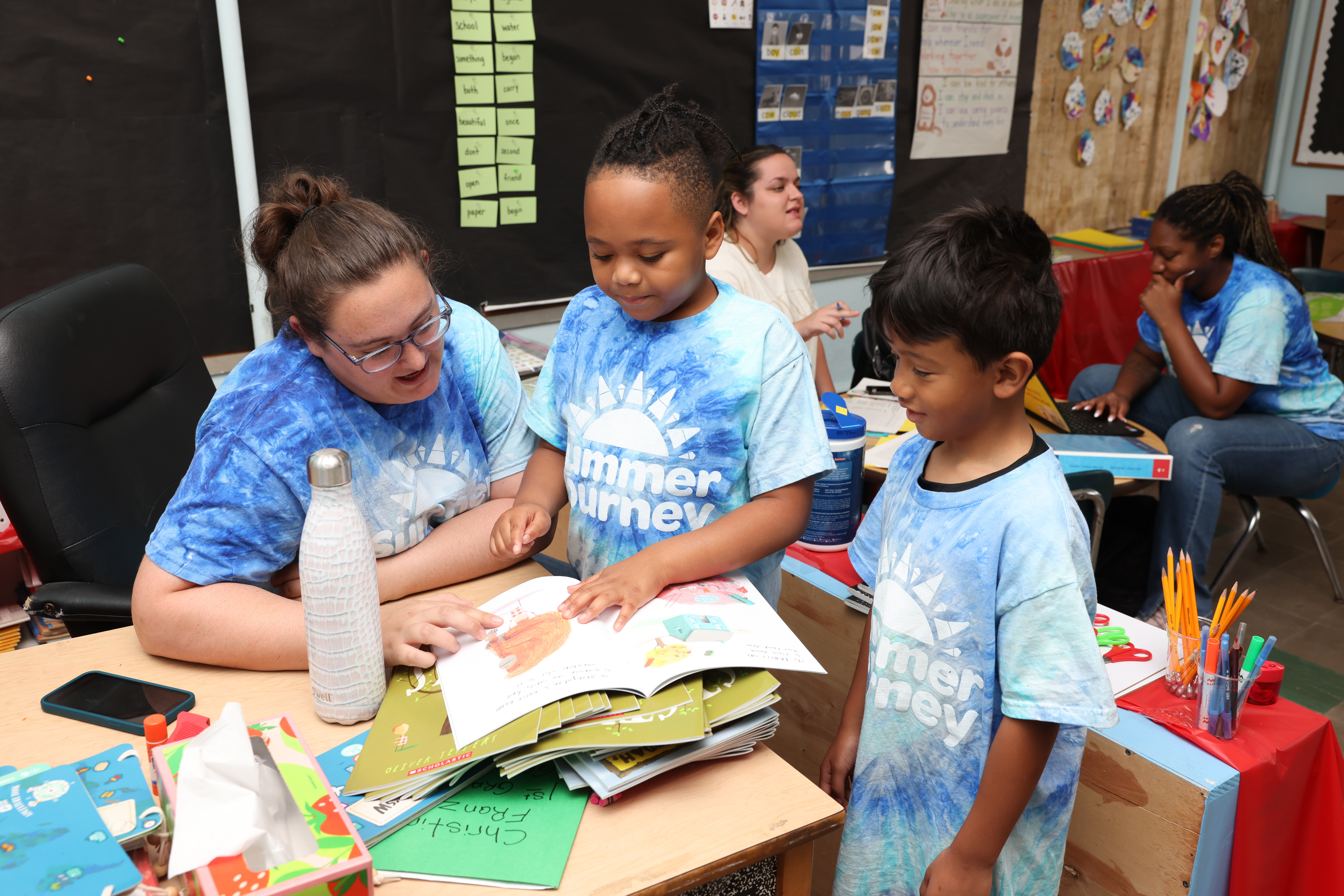Confidence Is the Bridge Between Unfinished Learning and What’s Next

Across the country, districts have spent the last few years facing unfinished learning head-on. Teachers have adjusted instruction, data teams have zeroed in on priority skills, and school leaders have built systems to keep every student moving forward.
The good news? That work doesn’t end when the school year does. Summer can be the next step and a chance to reinforce progress, restore confidence, and build momentum for the fall.
From Catching Up to Moving Forward
You’ve already done the hardest part: identifying where students need the most support. Summer isn’t about repeating that work, it’s about giving students the space and flexibility to apply what they’ve learned in new ways.
Without the daily schedule pressure or testing calendar, summer programs can focus on the skills that matter most: literacy foundations, math fluency, and the motivation to keep growing. When learning feels purposeful and personal, students don’t see summer as “extra school.” They see it as progress.
The Power of Continuity
Summer programs have the greatest impact when they connect directly to what came before and what’s coming next.
When districts link summer goals to their ongoing academic priorities, students experience smoother transitions into the new school year. Teachers start fall with clearer insights. Families see consistency and purpose.
Research from the RAND Corporation and the National Summer Learning Association shows that programs with academic alignment and consistent staffing see stronger gains in reading and math than those that operate as stand-alone experiences.
That continuity is where unfinished learning becomes steady progress.
Confidence Is the Core of Growth
Unfinished learning isn’t only about mastering content, it’s about rebuilding confidence. Students who believe they can succeed are more likely to engage, attend, and persist.
Summer learning creates that environment. Smaller groups, hands-on lessons, and opportunities to celebrate progress remind students what success feels like. A few weeks of “I can do this” moments can transform how they show up in the fall.
Three Practical Ways to Take the Next Step This Summer
Revisit Data with Purpose
Don’t re-diagnose; refocus. Identify the two or three skills that will make the biggest difference in fall readiness.
Keep Learning Active
Blend core instruction with project-based or enrichment activities that reinforce key concepts — reading through science, math through real-world problem-solving.
Plan for Continuity, Not Complexity
Align summer goals to your fall priorities. Even short programs can have lasting impact when they’re connected to the larger instructional plan.
These small steps help turn unfinished learning from an ongoing challenge into a continuous path forward.
Making Progress Together
Every district’s next step looks a little different. Some need help staffing programs; others need curriculum that integrates literacy, math, and enrichment without starting from scratch.
Whatever the next step looks like for your district, you don’t have to take it alone. Explore more of our summer planning insights and success stories at catapultlearning.com/summer-journey.


